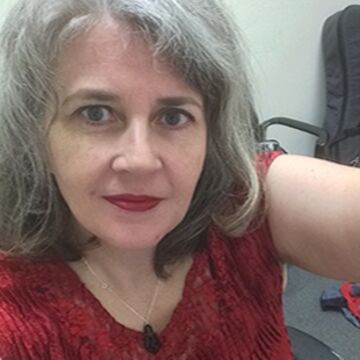| FYS I: Adolescence and Magic |
Liberal Arts |
1001 (039) |
Fall 2024 |
|
Description
Adolescents feature prominently as saviors and remakes of the world in culture stories and myths from around the globe, as well as in contemporary young adult fantasy. Anthropologically, adolescents are potentially powerful agents of change because they are imperfectly socialized and not yet tied to conservative adult roles and norms. In this course students will develop their skills in writing at the college level as well as critical reading and analysis of Young Adult Fantasy novels and scholarly works on the genre and the phenomenon of adolescence. Students will read three novels in totals by authors such as Terry Pratchett, Diana Wynne Jones, Nnedi Okorafor, and Garth Nix. They will also read a small number of scholarly work by anthropologists and scholars in the genre of Young Adult Literature as a point of deeper entry into a body of literature that is often dismissed as simplistic, and a phase of the life cycle that is underscrutinized. Through scaffolding of short writing assignments, including peer review, students will produce three essays, resulting in approximately 15?20 pages, total, of formal, revisable writing.
|
Class Number
1463
Credits
3
|
| FYS II:Identity:Ind/Cult/Soc |
Liberal Arts |
1005 (015) |
Spring 2024 |
|
Description
Identity is a contested social field where internal notions war with external labels. In this class, we examine identity from a four-field anthropological perspective We explore the social nature of the human species, examine how the performance of language unites individuals and distinguishes groups, and discuss the problematic notion of bounded cultures and their reification in classic and contemporary ethnography and in archaeological writings.
|
Class Number
1488
Credits
3
|
| Top:Becoming Human |
Liberal Arts |
3800 (002) |
Fall 2024 |
|
Description
The scientific story of what a human is and how we ?became? human covers 6 million years of biological and cultural evolution. In this course, we look to the fossil record and living nonhuman primates to examine selective forces that influenced the human biological form as well as technology/culture as a factor that complicates the study of humans from a biological perspective. Topics include the origins of language, art, self expression, and spirituality.
|
Class Number
2028
Credits
3
|
| Top:Health, Migration & Body |
Liberal Arts |
3800 (006) |
Spring 2024 |
|
Description
Economics dominate migration discourse, but the experience is an embodied one with consequences for physiological, mental, and social health. Through combined lecture and seminar, as well as writing assignments, this course covers topics such as racialized identity/health status as exclusionary criteria, the consequences of family and kin networks dismantled by cultural imperalism, the culture of mental health, medicalization of culture, the socioeconomic gradient, and the ethical, efficient delivery of healthcare to increasingly pluralistic societies.
|
Class Number
2087
Credits
3
|
| Archaeology of Death |
Liberal Arts |
3815 (001) |
Summer 2024 |
|
Description
Ritual treatment of the dead is both unique to humans and a human universal. This course is a global exploration of mortuary archaeology, extending from evidence through the first ritual burials (perhaps 300,000 years ago or more), through historic slave cemeteries. Using a biocultural approach, we will examine the information that archaeologists and bioarchaeologists glean from human remains, grave and cemetery architecture, and portable material culture, including ceramics, textiles, metalwork, and so on.
|
Class Number
1286
Credits
3
|

